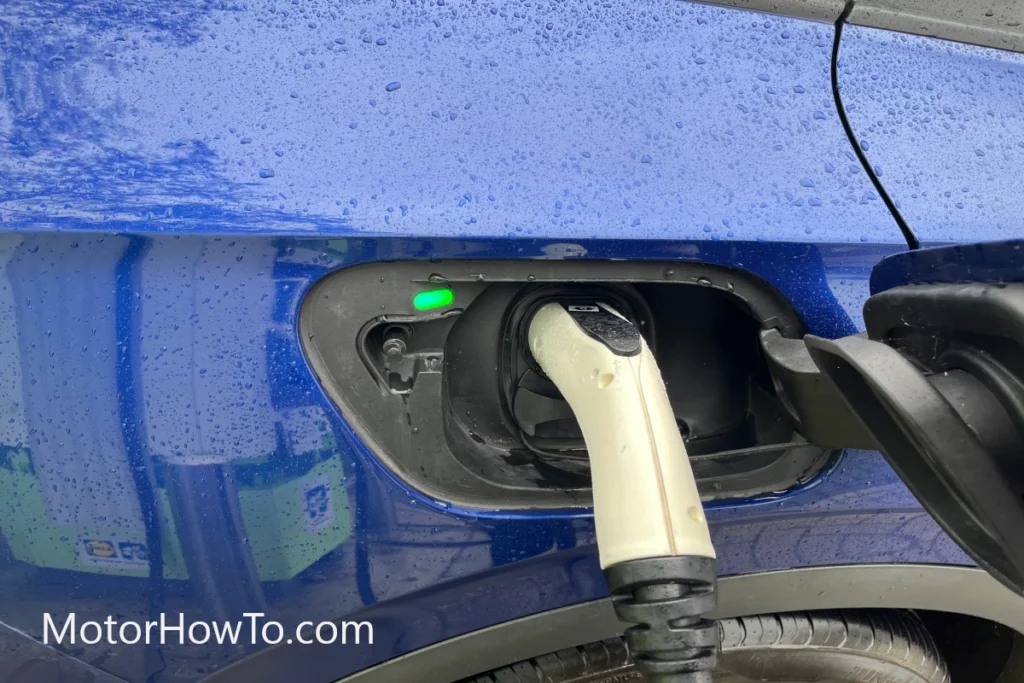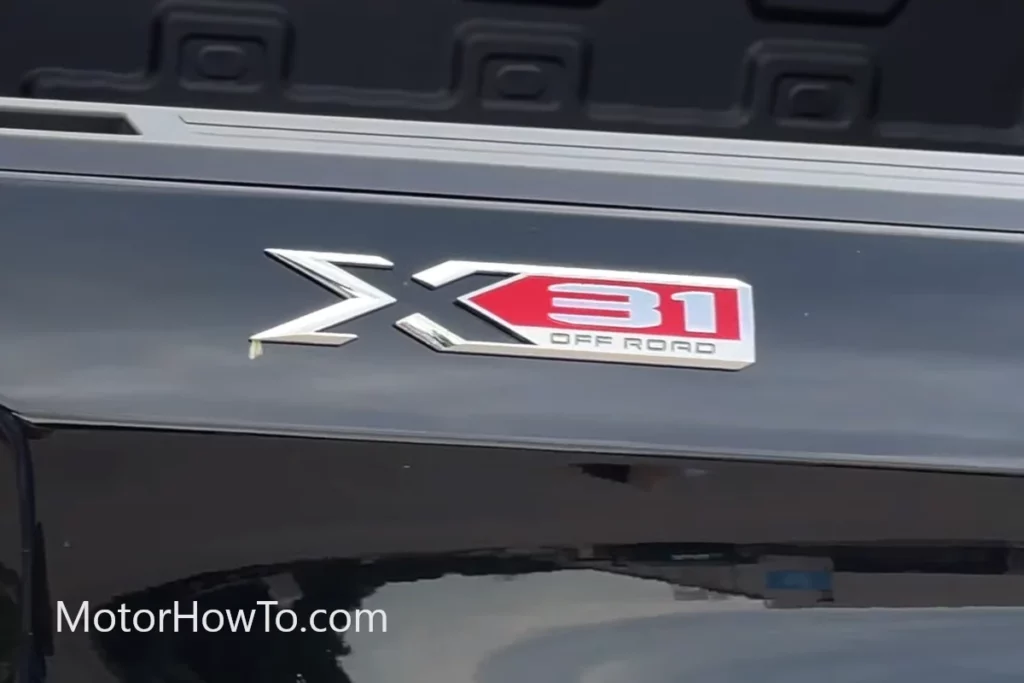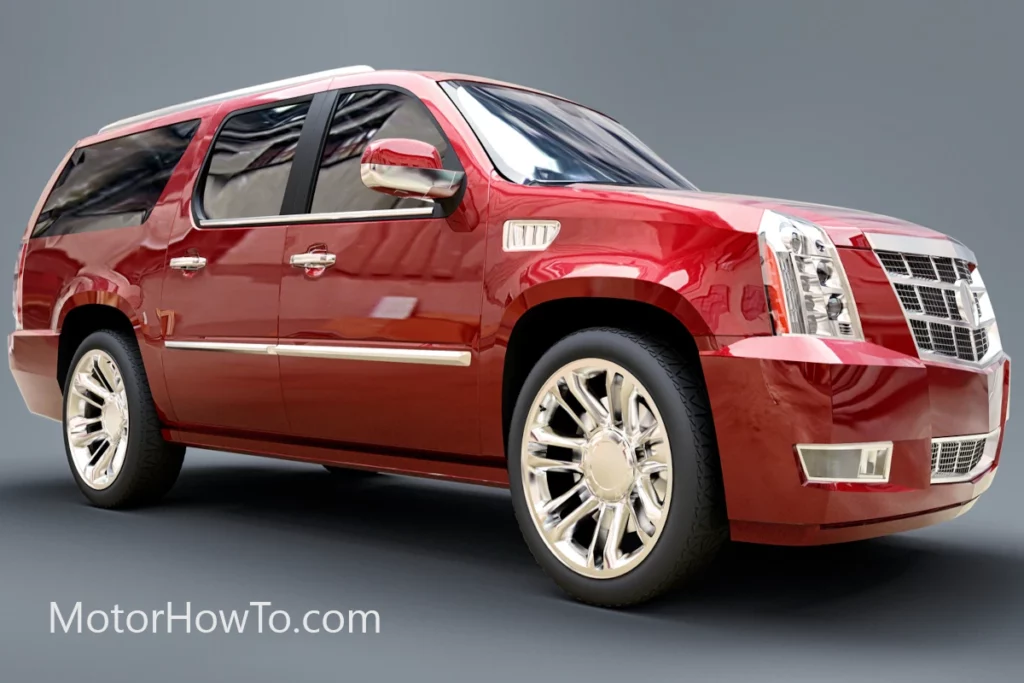Whether a new or older owner of a car stereo, you may have come across one or two subwoofer output ports on the receiver.
The subwoofer output serves as the best way to connect a powered subwoofer to your receiver for the best audio.
But what is the subwoofer output on a car stereo?
Stay with me as we take a closer look at what is a subwoofer output or pre-out on a car stereo, how many subwoofers outputs you can have on a car stereo, and if you can connect multiple subwoofers to a single subwoofer output.
Let’s get started.
What is Subwoofer Output on the Car Stereo?
A subwoofer output on the car stereo is output on the car stereo specifically meant for connecting amplifiers or powered subwoofers. A sub-out for connection guarantees that only low bass frequencies are redirected to the subwoofer while all the high frequencies are removed.
- What is Subwoofer Output on the Car Stereo?
- What is Subwoofer Pre-Out on the Car Stereo?
- Is Subwoofer Pre-Out the Same as Subwoofer Sub-Out?
- Can You Use a Subwoofer Pre-Out for a Sub-Woofer on a Car Stereo?
- How Many Subwoofer Outputs Do You Have on a Car Stereo?
- Can I Connect Multiple Subwoofers to a Single Subwoofer Output?
- How to Connect my Subwoofer Without Subwoofer Output?
- Conclusion
- Sources
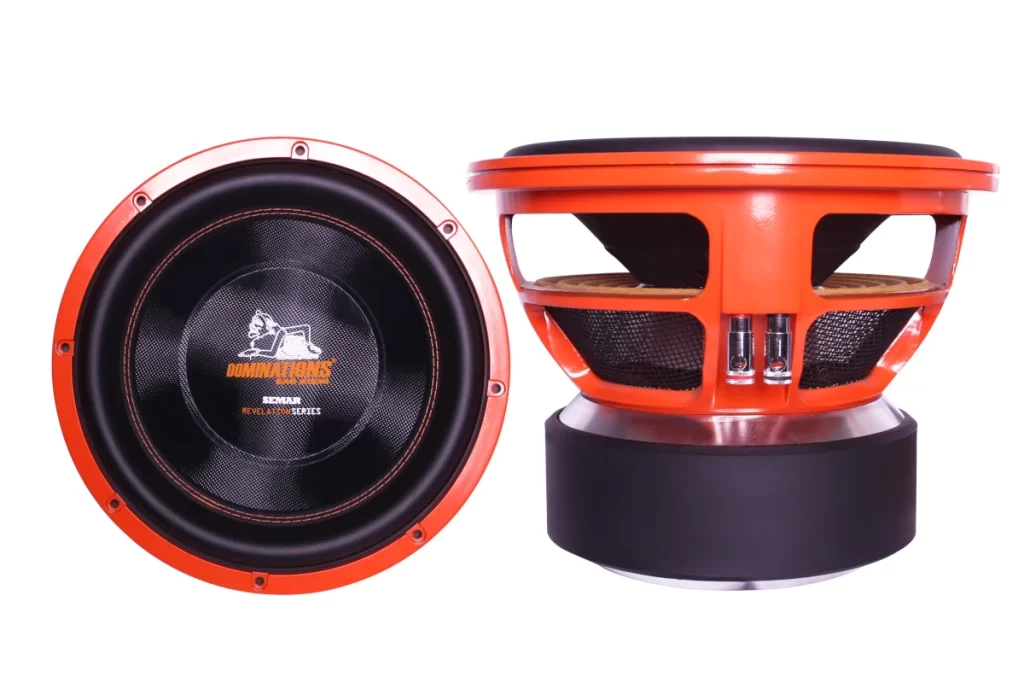
The subwoofer output or preamp output is a good way of connecting an active subwoofer to a car stereo.
Nowadays, some car stereo receivers come with a sub-out port.
Mainly you will locate them on your receiver labeled “subwoofer” or “sub-out.”
Moreover, most car stereos come with one sub-out connection; in others, you may find two. Nonetheless, you require only one sub-out port to link your car stereo to a subwoofer.
Related:
- Why Does Subwoofer Vibrate When Car Is Off? (Solved)
- Can You Put Subwoofers In Car Door (Front & Back Door)
- How To Get Bass In A Car Without A Subwoofer? (Solved)
What is Subwoofer Pre-Out on the Car Stereo?
In this era, pre-out ports come in the form of A/V receivers, especially expensive ones. Even though some cheap car amplifiers may not have pre-outs, most car stereos nowadays come with pre-out ports.
A pre-out on the car stereo is a port that allows you to link an external source e.g amplifier. Moreover, the port enables the audio signal to go through the amplifier without amplification which reduces distortion at high volumes.
You use a subwoofer pre-out to connect an external amplifier to an A/V receiver. Then you connect the speakers directly to the external amplifier rather than the receiver.
Connecting an external power amp to your receiver’s subwoofer enables the pre-out to pass a signal through the receiver, making it non-amplified.
Due to the connection between the amp and your receiver’s subwoofer pre-out, the signal will be amplified by the external power amp you connected. As I said, an external power amplifier guarantees more work when amplifying audio than any other receiver.
Pre-out ports on your receiver enable you to add separate power amplifiers to generate more power for the smooth functioning of your speakers. This will enable your receiver to strain less.
In addition, pre-outs on your integrated amp or receiver enhance your subwoofer system. If you are looking for creative ways to enhance your subwoofer setup, use pre-outs since they are the best option.
It is vital to remember that a pre-out is a valuable item to any A/V receiver, so always consider that when hunting for a new one. However, getting an outstanding A/V receiver with more pre-out port options requires some good cash, but you will get the best out of your value if you do so.
Is Subwoofer Pre-Out the Same as Subwoofer Sub-Out?
At this point, I know you know what pre-out and sub-out are, but let me summarize everything in a few sentences if pre-out is the same as sub-out.
A subwoofer pre-out is not the same as a subwoofer output. You use a pre-out to connect A/V receivers to external amplifiers. On the other hand, a sub-output is specifically designed to link receivers to powered subwoofers. Furthermore, you use a pre-out to transfer all sound frequencies, while a sub-out is limited to the transmission of bass frequencies.
There is a form of bass management for a sub-out that controls the bass frequency inside an audio signal to the subwoofer. In the case of a pre-out, the entire sound signal is directed to the power amp.
The only common thing about pre-out and sub-out is that they are both output ports on receivers that you use to improve the output ability of your receiver.
It is crucial to note that powered subwoofers linked to receivers using pre-out and sub-out ports can work as speakers and external amplifiers.
Can You Use a Subwoofer Pre-Out for a Sub-Woofer on a Car Stereo?
It may not be that ideal, but yes, you can use a subwoofer pre-out for a subwoofer only if it has a built-in amplifier. Your system will only play the bass frequencies transmitted by the pre-out ports and remove the extreme frequencies they can’t manage.
A sub-out is designed to transmit only bass frequency in the form of the audio signal to your subwoofer, while a pre-out its work is to enable a total range of frequencies to be directed to your power amp.
Therefore, since subwoofers are built to play only bass frequencies, they will do away with other frequencies and play the frequencies they can, which are none other than low frequencies.
How Many Subwoofer Outputs Do You Have on a Car Stereo?
In most car stereos, there is one subwoofer output, but you may find two in some. However, you only require one sub-out port to link your subwoofer to your receiver. You will need an LFE cable or an RCA-interconnect cable to connect from the receiver to the subwoofer’s line input.
Can I Connect Multiple Subwoofers to a Single Subwoofer Output?
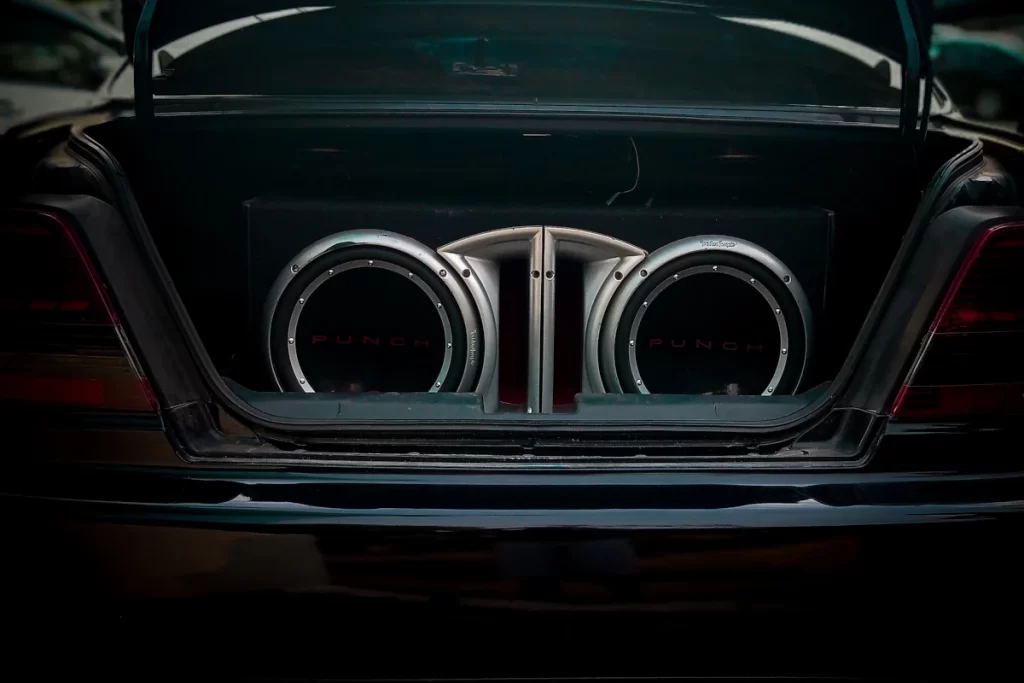
Yes, you can connect multiple subwoofers to a single subwoofer output. But before you do so, make sure you have fixed your current subwoofer correctly to make sure it can give the bass you require without spending more cash.
There are ways to connect multiple subwoofers depending on the subwoofer connections and audio system you need to work with.
If a subwoofer has both output and input, you have to daisy chain the two together if each subwoofer has a built-in amplifier. Also, if your subwoofer preamp is single-wired, you can incorporate an RCAY adapter.
It will help split your subwoofer output signal aiding the connection of two subwoofers to a single subwoofer output.
How to Connect my Subwoofer Without Subwoofer Output?
Since your receiver may lack a subwoofer output, you will have to use a preamp output that is part of the receiver. A preamp output will help you complete the connection process.
Let’s get started by looking at the tools you need.
Tools Required
- Receiver
- Subwoofer
- Y-adapter
The Pre-Process
To connect your subwoofer to the receiver, you require an RCA input inside your subwoofer. Nowadays, several subwoofers are designed with two RCA inputs. There is no need to use a Y-adapter if your subwoofer comprises two RCA inputs.
Check if your Y-adapter has two ends; Two female ends and a male end at the bottom of the adapter. The function of the two ends adapter is to double the single RCA input on your system.
The Process
Merge the RCA Y adapter to your subwoofer by placing the male adapter into the RCA input port in the subwoofer.
Finally, plug the two female ends of your adapter within the preamp output.
And now you have incredibly connected your preamp to the subwoofer. Although it’s hard to find subwoofers not having RCA inputs, this might not be the case with your system. Don’t worry so much; Just connect the subwoofer to the receiver.
Conclusion
Sub-out and pre-outs add more flexibility to your subwoofer and precisely open your systems to more potential upgrade options. Using the ports is relatively easy, and familiarizing yourself with how they work will enable you to enhance your audio.
Moreover, you use a sub-out to connect subwoofers. On the other hand, a pre-out is meant to connect receivers to external amplifiers, improving your sub-woofer functionality. By practicing this, you will be able to lessen the load of your receiver and make your subwoofers operate at their maximum potential.
Sources
How to Connect Subwoofer to Receiver Without Subwoofer Output
How to Connect a Subwoofer to a Receiver Without a Subwoofer Output
How to Connect a Subwoofer; Low and High-Level Connections
Pre-out Vs Sub-Out; All You Need to Know! Explained For Newbies

